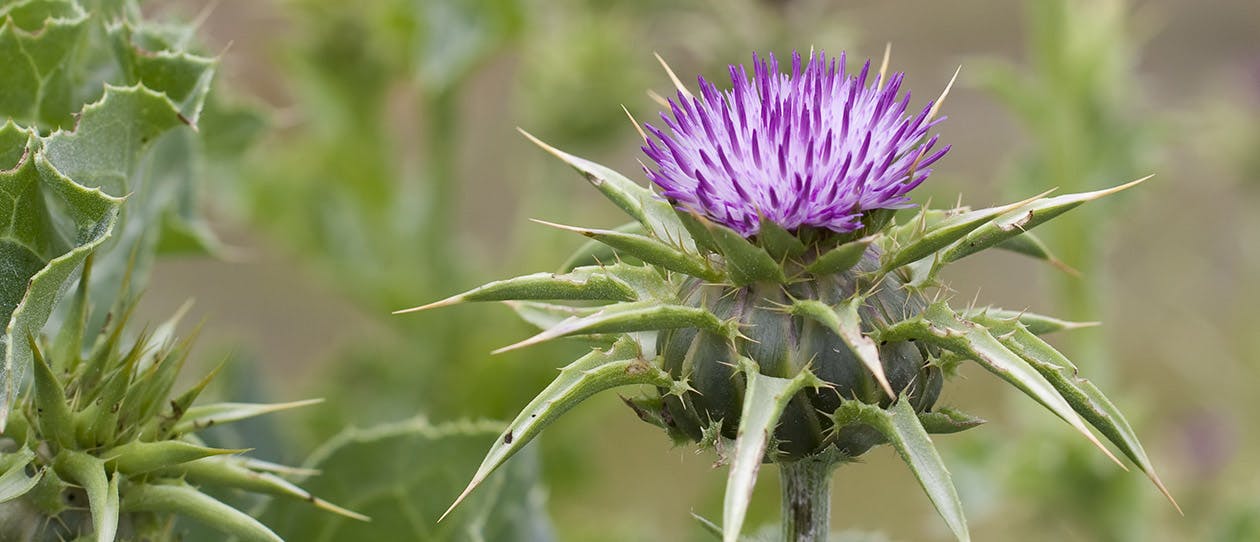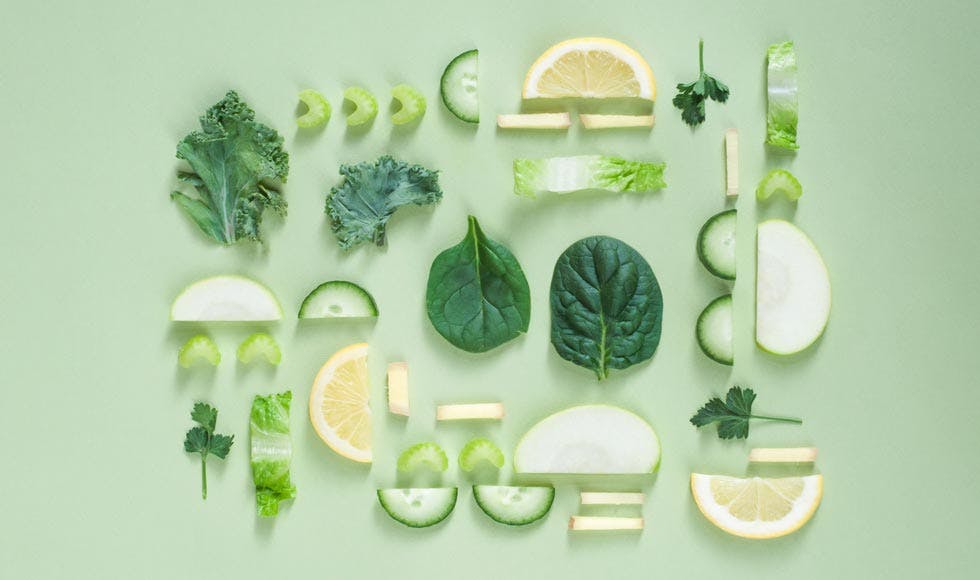Weighing in at around 1.4 kg for an average adult, and located almost entirely under the right side of the rib cage, the liver is the second largest organ of the body; the skin being the only organ larger.
The liver is a brilliant multi-tasker! Some of the vital functions it performs include:
- Bile production and secretion (bile is the substance that breakdowns fats in our digestive tract)
- Carbohydrate, protein and lipid metabolism (i.e. breakdown, re-organisation and distribution)
- Detoxification of drugs, hormones and other potentially harmful substances
- Storage and distribution of certain vitamins (A, B12, D, E and K) and minerals (iron and copper)
- Activation of vitamin D
Naturopathic significance
From a naturopathic perspective, supporting and improving liver health is a key treatment focus for a wide variety of conditions, including nausea, bloating, skin conditions, premenstrual syndrome and autoimmune conditions.
Herbal medicine is one of the many ways of supporting your liver naturally. Milk thistle (or St Mary's Thistle) is one herbal treatment that deserves a closer look.
The protector and repairer
Milk thistle (Silybum marianum) seeds have been used as a medicine for over 2000 years, and its benefits for liver health have been backed up by numerous scientific studies in modern times. This herb has an impressive portfolio of actions! It is most well-known for its ability to protect and even regenerate liver cells.
Have you been overindulging lately?
One too many cheese plates with red wine? Perhaps a night out on the town or a run on chocolate ice-cream? Milk thistle may well be a good friend.
This amazing herb simultaneously:
- increases bile production to help digest rich fatty foods
- uses its antioxidant capacity to protect liver cells from toxic substances (including alcohol)
- has the capacity to potentially repair some previous damage
How do I take it?
Milk thistle is best taken on a regular basis to protect and support the liver. When you think about all that the liver has to detoxify, it makes sense to support our industrious companion in its day-to-day operation.
Tales from the ‘old school':
- Apparently, the Greek healer Dioscorides used the tea of milk thistle to treat snake bites
- Eclectic physicians in the 1800s were reported to have used milk thistle to treat liver, menstrual and vascular conditions
- Historically, milk thistle seeds have been consumed in salads and baked goods and used as animal feed
Did you know?
- The gallbladder is a separate organ to the liver, although it is closely attached. Its only real purpose is to store and concentrate bile, which is a fat-dissolving substance
- The liver is made up of hexagonal shaped ‘liver lobules' which are sesame seed sized. These are the functional units of the liver
- The word ‘cirrhosis' means orange. It refers to a chronic inflammatory liver condition that usually results from chronic alcoholism or severe chronic hepatitis
Source: Marieb EN. Human Anatomy and Physiology 4th ed. California: Benjamin/Cummings Science Publishing, 1998: 880-882






